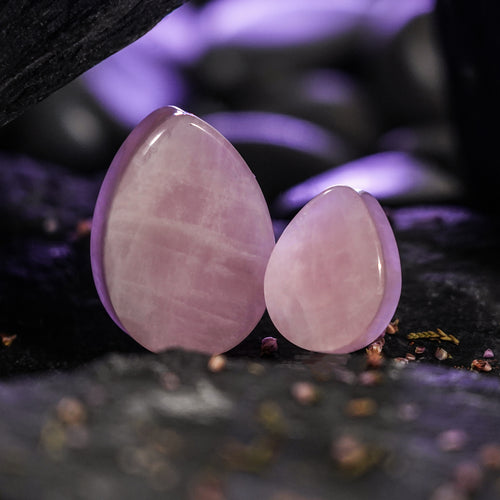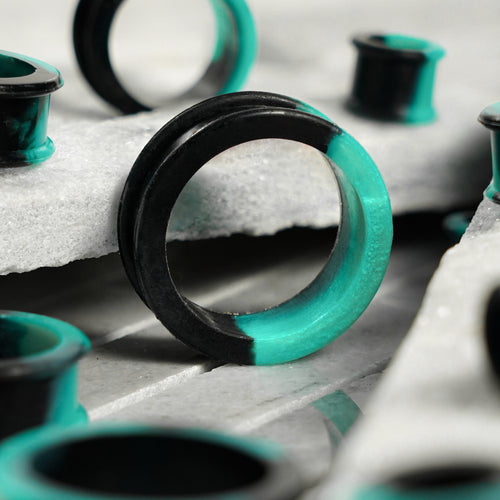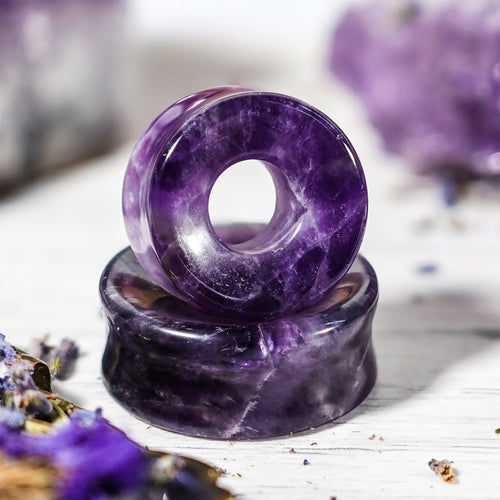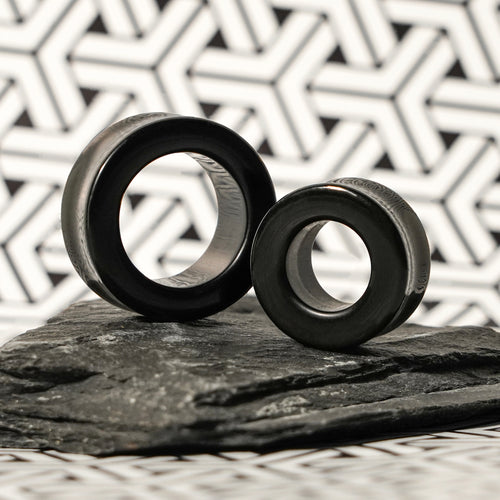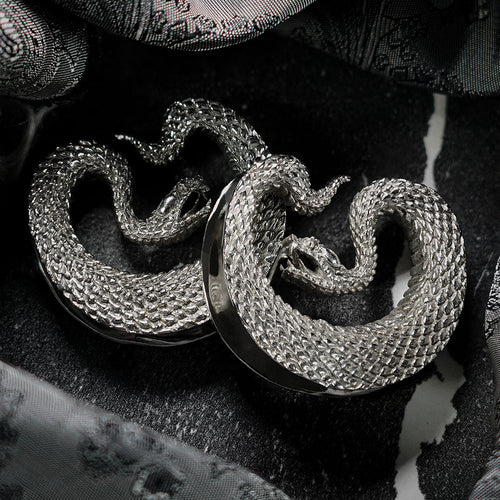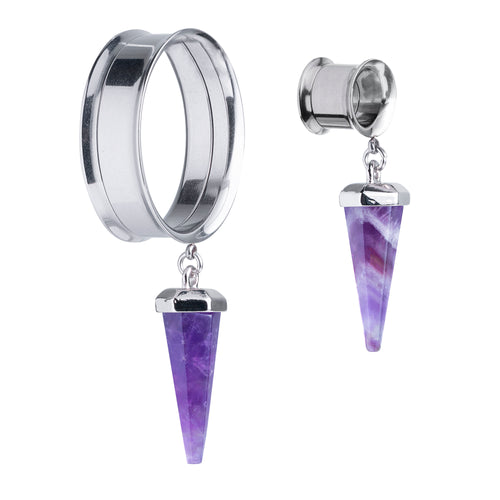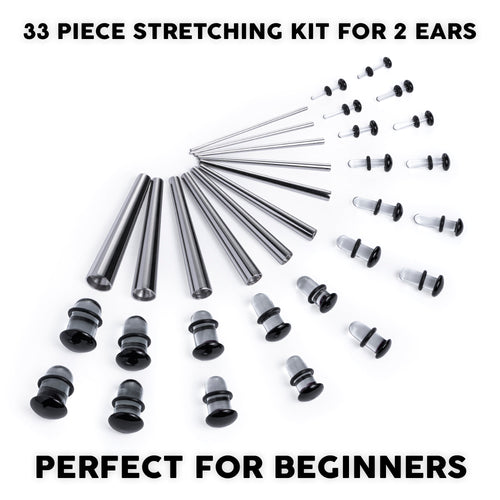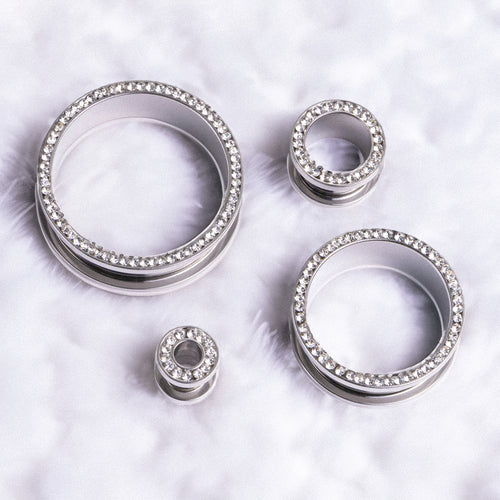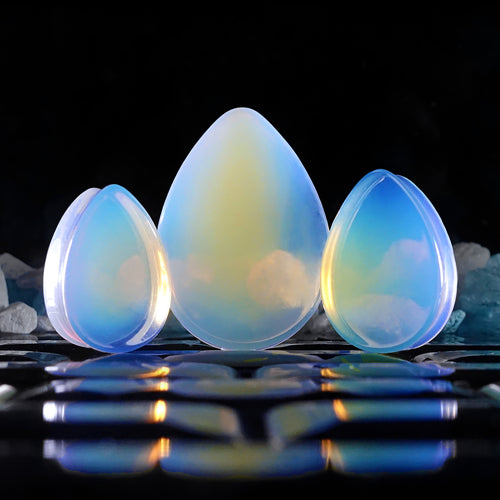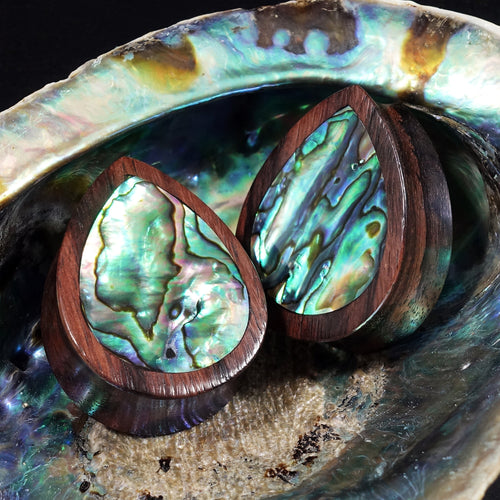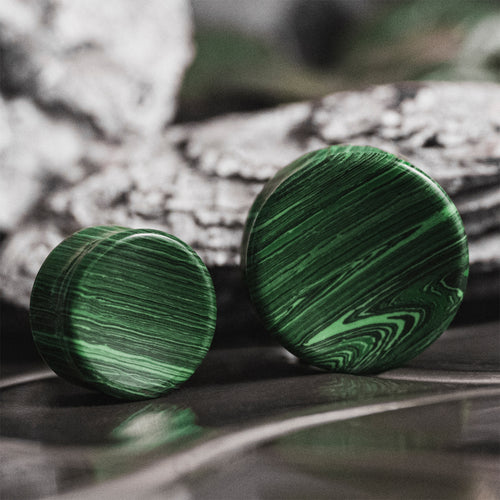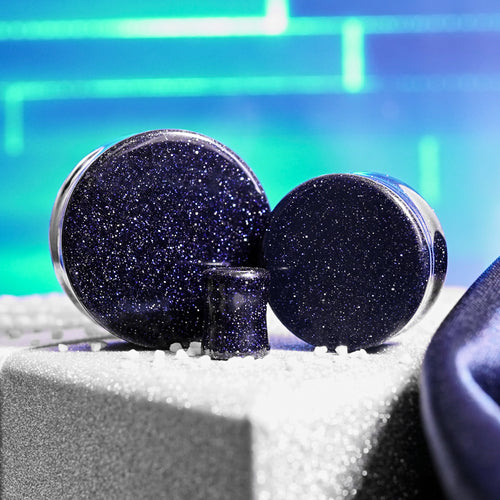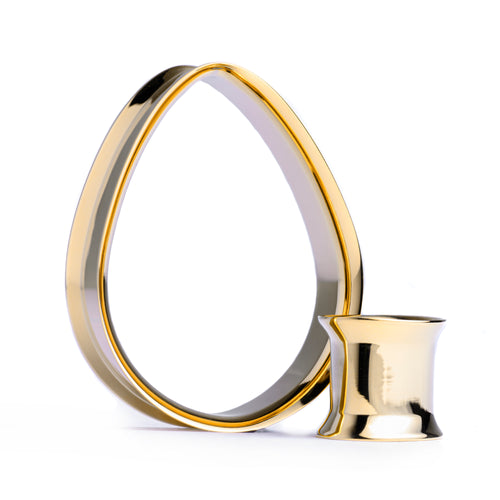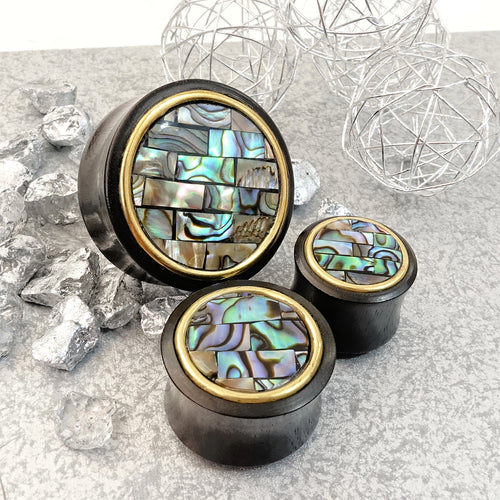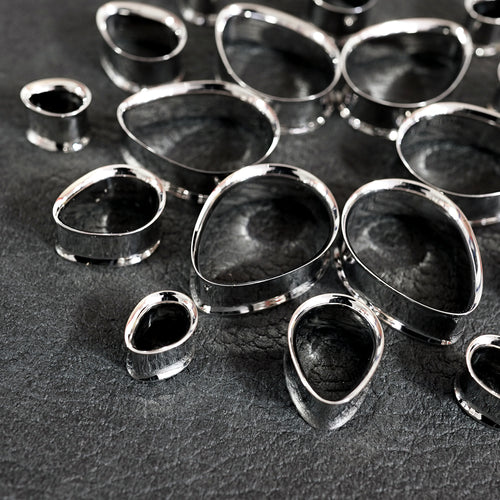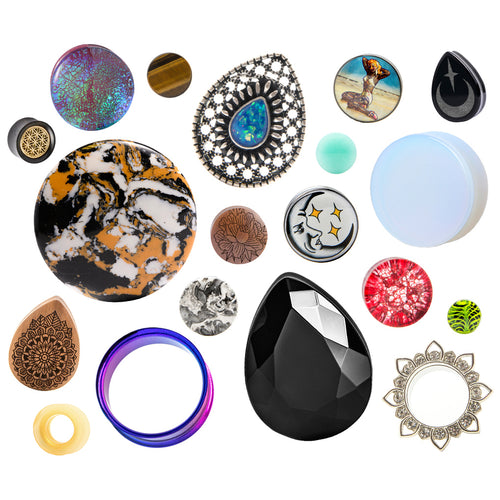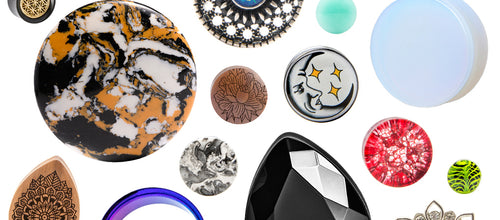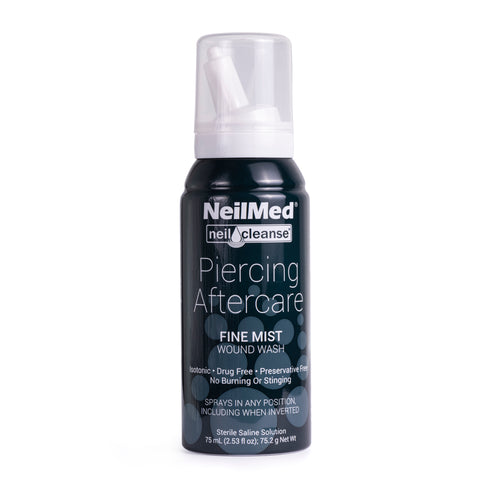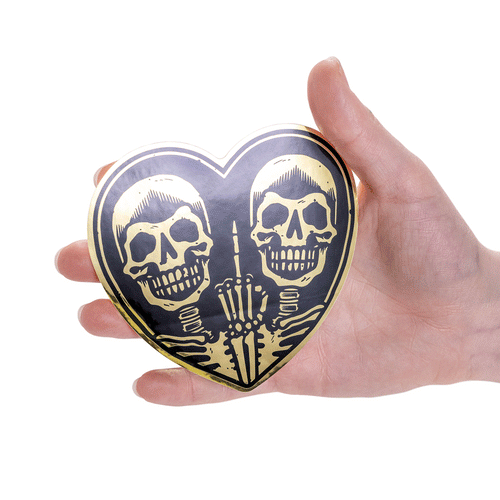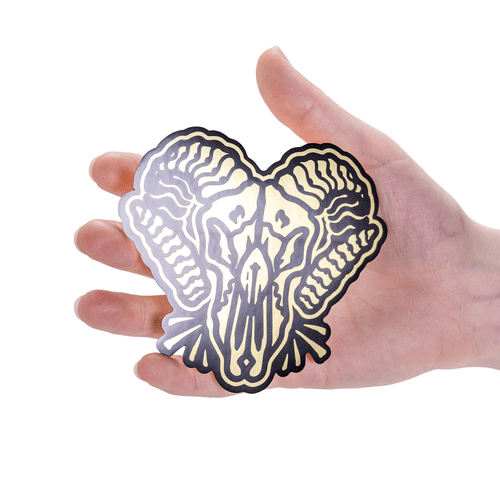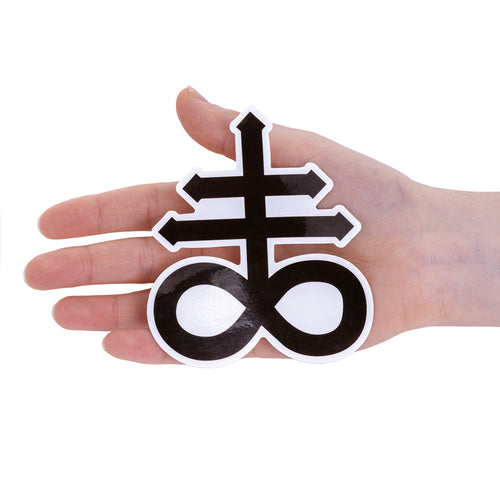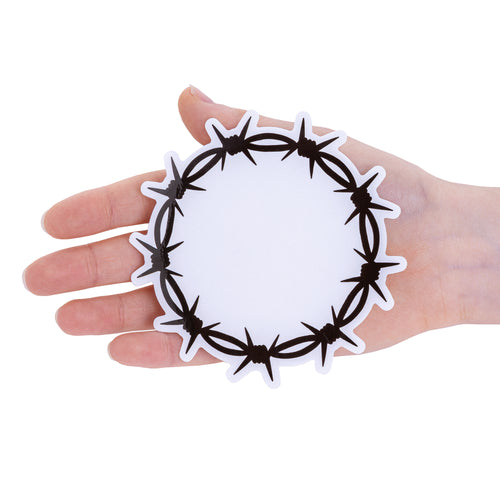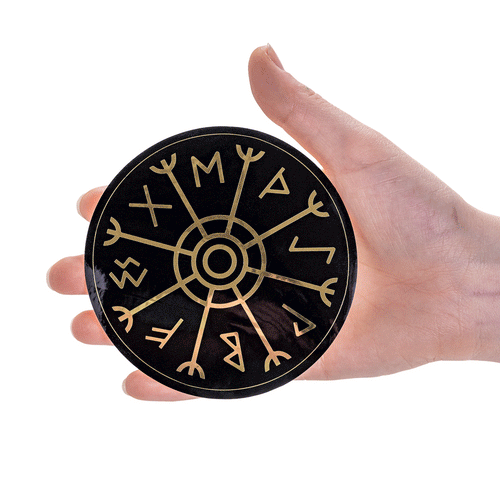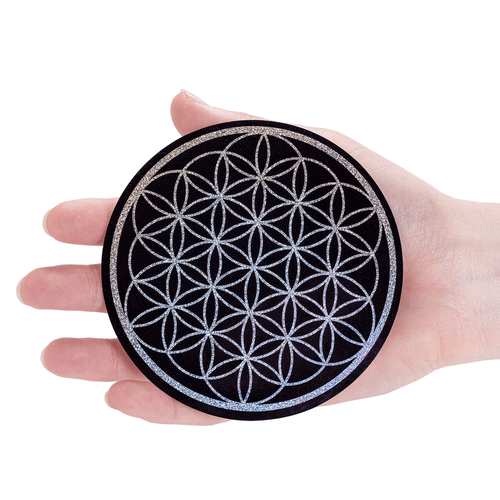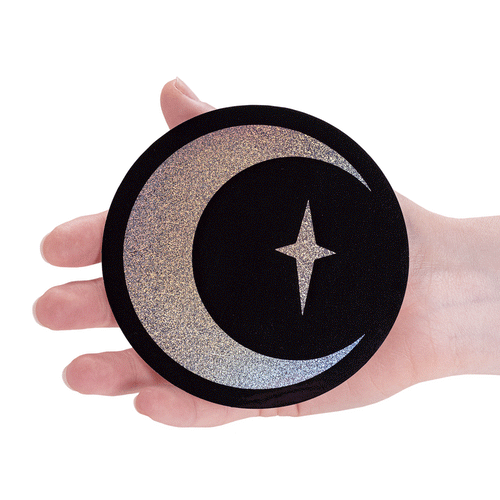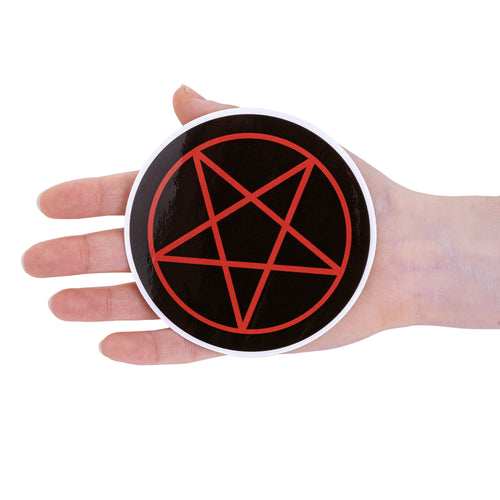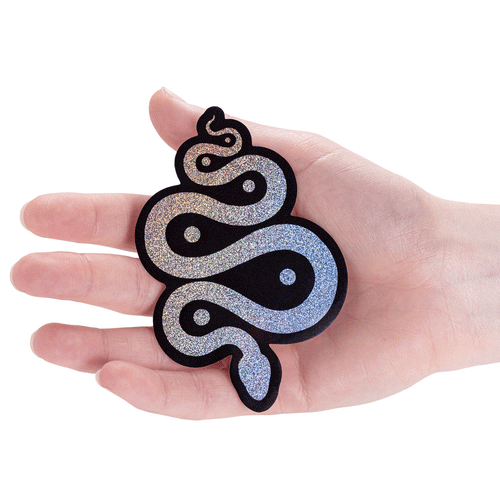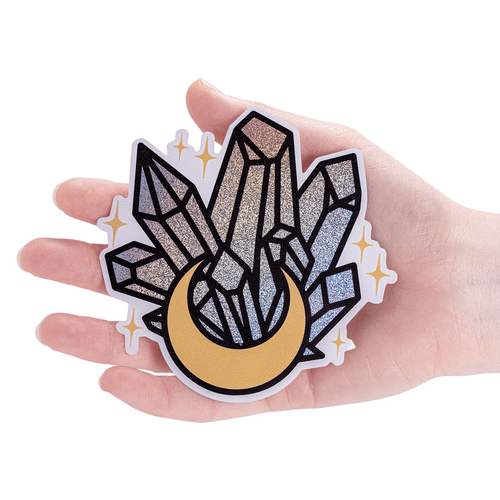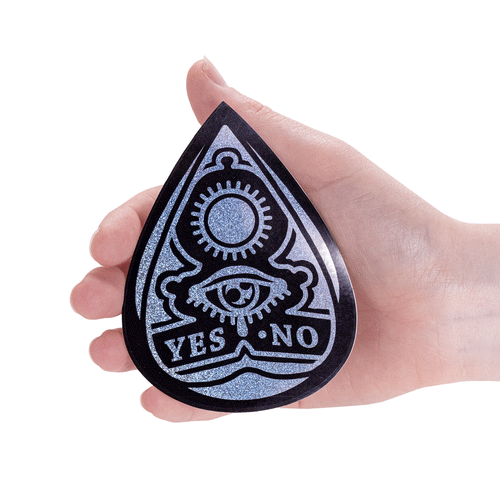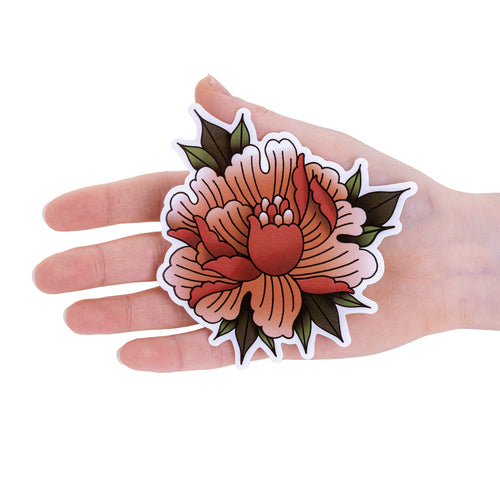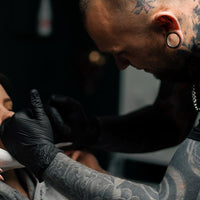
GET SOCIAL WITH US
RECENT ARTICLES
Newsletter
Keep up-to-date with the latest promotions, news and releases!
Single Flare vs. Double Flare Plugs
If you're new to ear stretching, it’s easy to get overwhelmed by the options you have for plugs! And when it comes to single flare plugs and double flare plugs, it’s a question we get asked all the time.

So, we’ll explain exactly what they are, what they’re for, and which is a better choice depending on your stretching journey. (We’re also going to discuss flat flare plugs which you will also occasionally find mentioned.)
Let’s start with the basics on Plugs:
Plugs are a type of cylindrical jewelry worn in stretched earlobes. It keeps them in shape, stops them from shrinking to their original size, and is a great form of self-expression. If you’re considering stretching your ears, you should get familiar with different types of plugs you can wear once you reach the desired size (or are healing between stretches).

What do we mean when we’re talking about flares in the first place?
A flare is the term used for the outer edge of the plug (or tunnel). The flare is an edge on one or both sides of the plug cylinder, and it is larger in gauge size than the actual plug. They help keep the plug secure in place.
Depending on whether one or both sides are flared, you have single or double flare plugs to choose from.
Here’s how to choose the right one for you:
Single Flare Plugs
A single flare plug only has one side flared. The flared side is meant to be worn on the outer side of your stretched earlobe. It increases the plug size visually, making the gauge you are wearing look bigger than it actually is. The other end has no flare, making it easy to insert the plug.
Here you can see a single flared plug - on the left there is an O-ring* which is used to keep the plug in place and is added after the plug is in your ear.
Shop Single Flare Plugs & Tunnels
How to put in single flare plugs
You will be putting your single flare plug from the front side, so the flared part remains on the front. After you oil your earlobes to make them more flexible, you can easily slide in the single flare plug all the way to the flared end and stop once it stays in place. The flared lip will keep it neatly in place and then to secure it from the back, you will have to put an O-ring* on the non-flared side (at the back).
*An O-ring is a small rubber or silicone ring that ensures the plug stays in place. Most plugs will have a small groove on the non-flared end that indicates where the O-ring should be, and that helps keep it secure.*
Who is a single flare plug best for?
This type of plug is your go-to option when you are just starting out on your stretching journey because they’re much easier to handle with your new stretch. Single flare plugs are also great for healing earlobes, and you can also get options that don’t need an 0-ring which can reduce the likelihood of infection (one less thing to trap bacteria in.) View all single flare plugs & tunnels.
Double Flare Plugs
Double flare plugs, on the other hand, have the flared edges on both sides as the name suggests. This makes them more secure for wearing, as it’s not easy for them to just slip out.

But this also requires the piercing hole to be big enough for the flared part to fit through when you’re putting them on, meaning they are best suited for fully healed earlobes that have recovered from the most recent stretch.
Shop Double Flare Plugs & Tunnels
How to put in double flare plugs
Try the button technique and see how your new double flare plug feels. The button technique is exactly what it sounds like. You put your double flare plug in the same way you would button up a shirt – at an angle for an easier fit.
If the plug feels a bit too tight or you start to feel pain, it’s better to stop or remove it. Either give your ears more time to recover and try again, or go for a smaller gauge for the time being and work up to it. Otherwise you could risk damaging the healing process, tearing, or injuring your lobes in general.
As your earlobes recover from your latest stretch, the skin will loosen up and become more stretchy. You can speed things along and promote proper healing with regular use of jojoba oil on your earlobes which should make double flared plugs easier to insert.
Who is a double flare plug best for?
Double flared plugs are best for fully healed or recovered earlobes that are flexible enough to stretch a bit when you’re putting them on. So we don’t recommend them for very small stretches, healing stretches, or those who are just starting on their journey.
Bonus: Threaded Tunnels / Screwbacks
There is an option if you want to have the look of double flared plugs but don’t want to stretch your earlobes when putting them on which is for double flared threaded plugs, where one side of the plug – the flare – is unscrewed when putting them on and then screwed tight to keep the tunnel in place.
Threaded plugs only come in a limited number of materials because of the logistics of creating an accurate thread, but are a great option for easing into double flared plugs and getting the look even if your ears aren’t ready yet.
Flat Flare plugs
Now, we also promised to discuss flat flare plugs, which can also be called no/zero flare plugs. They are a good option if you’re worried the flares might stretch your ears too much because they have no ridges or flares at all.
How to put in flat flare plugs
Flat flare plugs are the easiest to put in since you just have to slide them in. They are a bit longer than the earlobe so that you can secure them. Without a flared edge to keep them secure, you will keep them in place with two O-rings. However, having an O-ring on the front and the back will change the way the plug looks which is why they aren’t as common.
Who are flat flare plugs best for?
Flat flare plugs are ideal for people who have a fresh stretch and need their earlobes to recover because there is no additional stretching involved when you are putting them in.
Ultimately, no matter which type of plugs you choose to wear, be it single flare, double flare, flat, or even threaded, remember to take good care of both your plugs and your stretched earlobes. Keep them clean, moisturise well, and never force a plug that you’re not quite ready for.

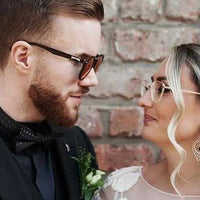




-v1657710003014.jpg?512x640&transform=resize=350)
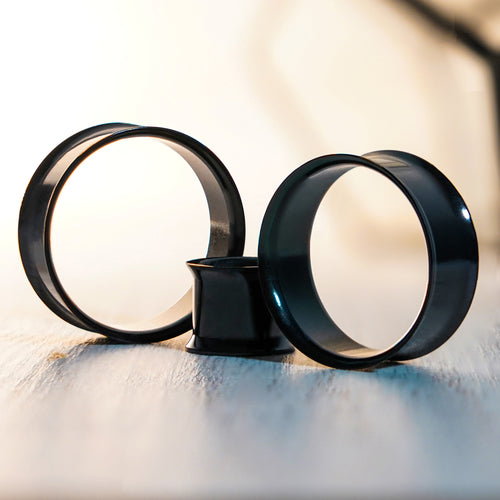



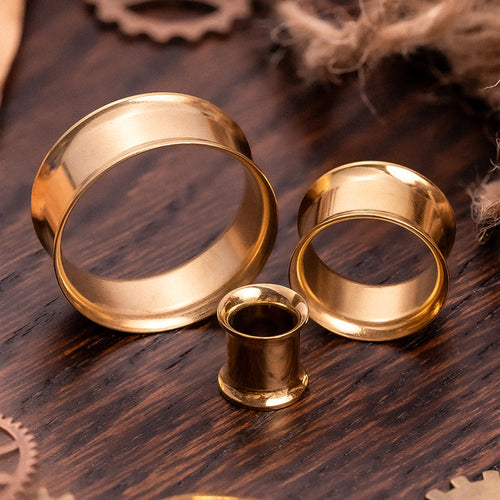

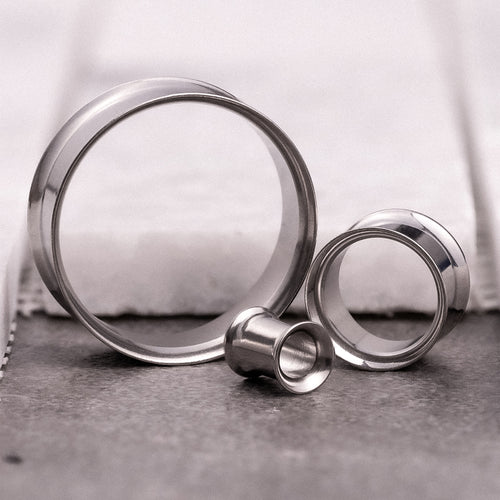

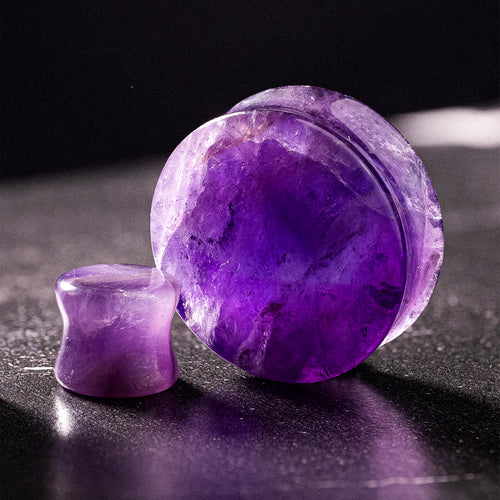

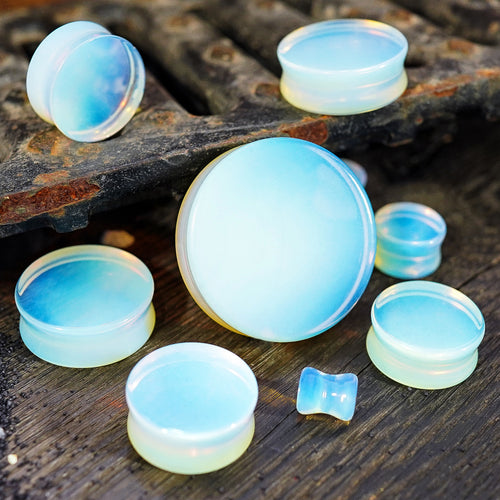

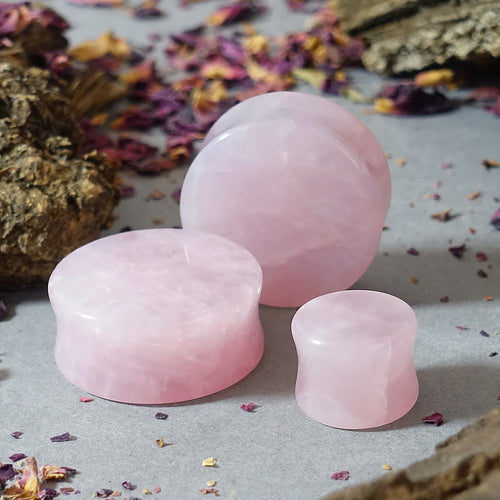
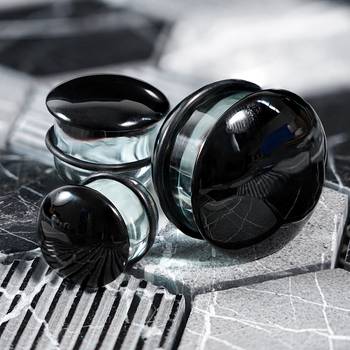
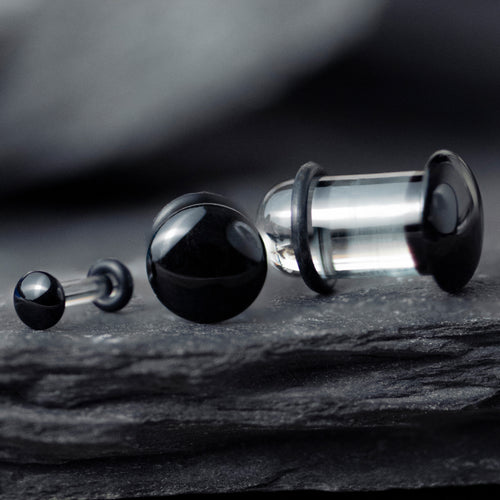
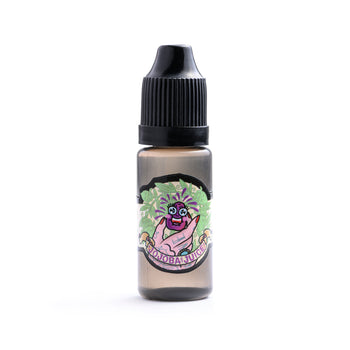
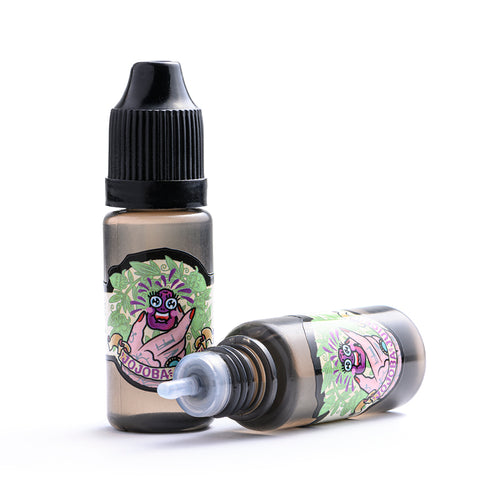
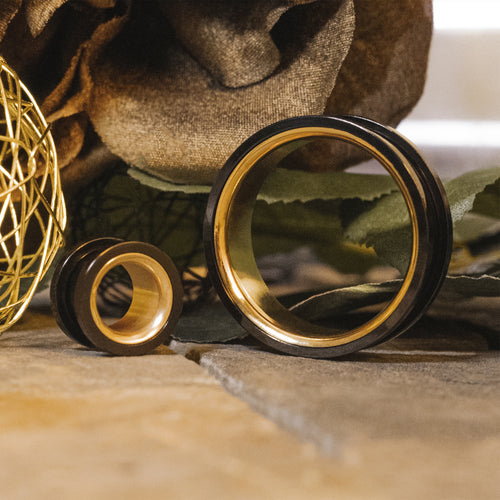

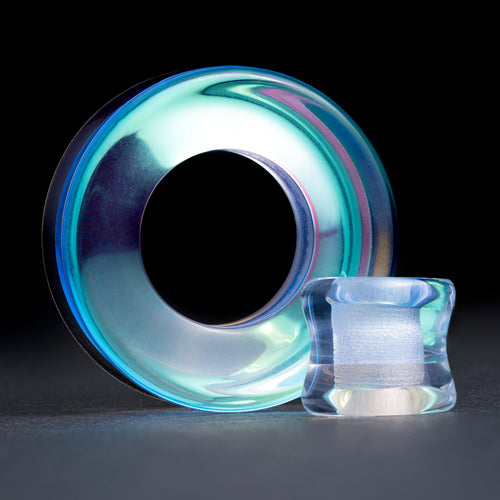



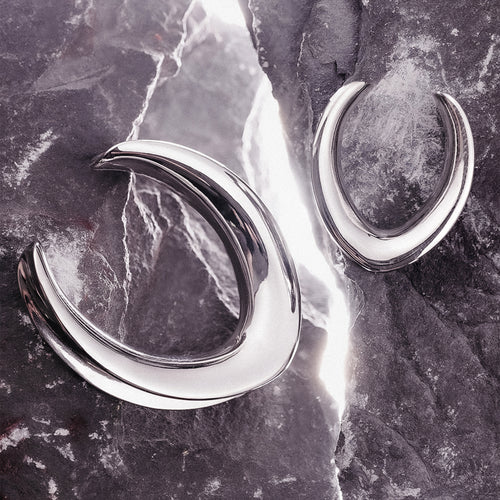

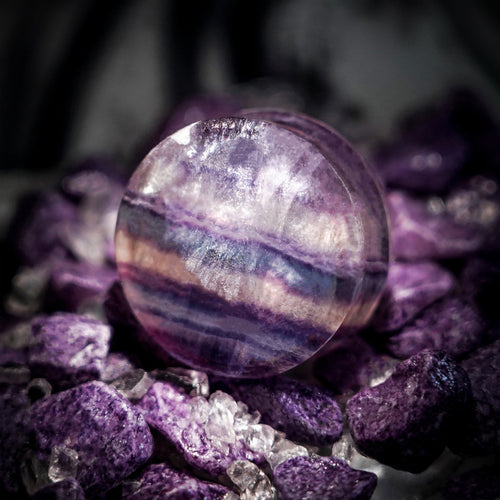

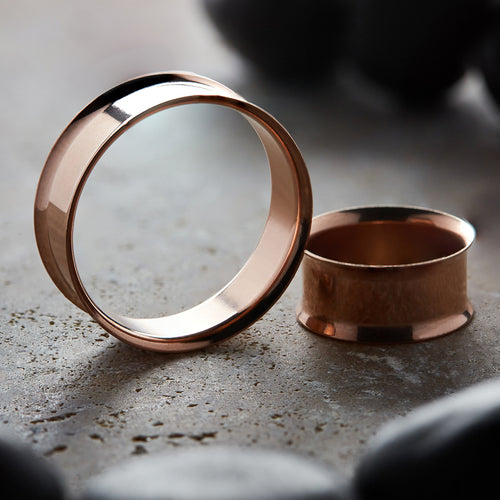
-Photographer-@domdirekt-for-@tenforfifty-v1674724276532.jpg?2400x3000&transform=resize=350)
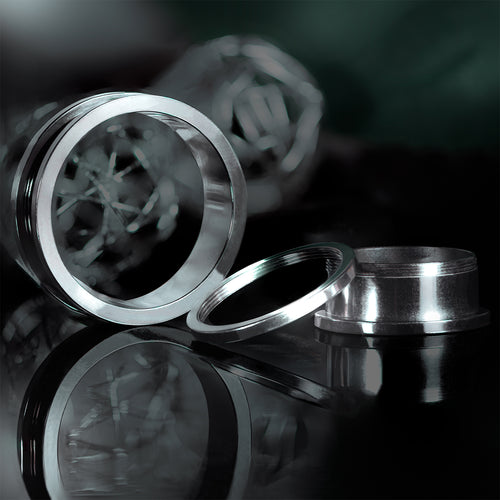

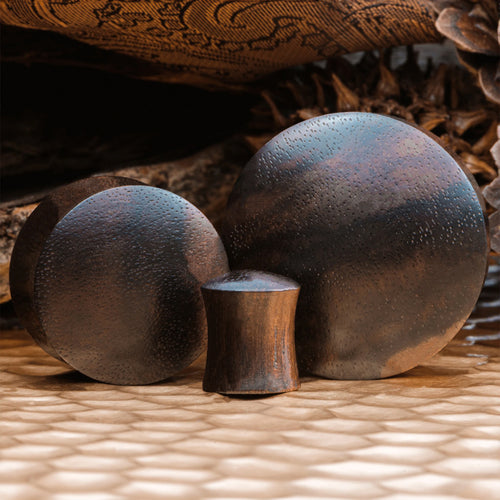

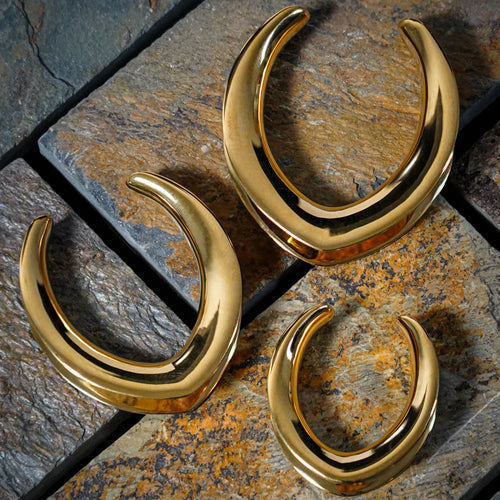

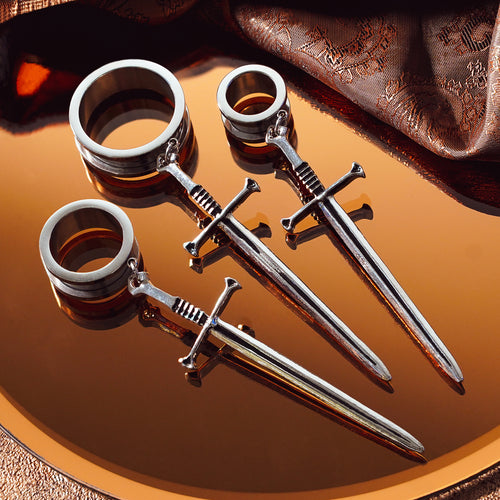



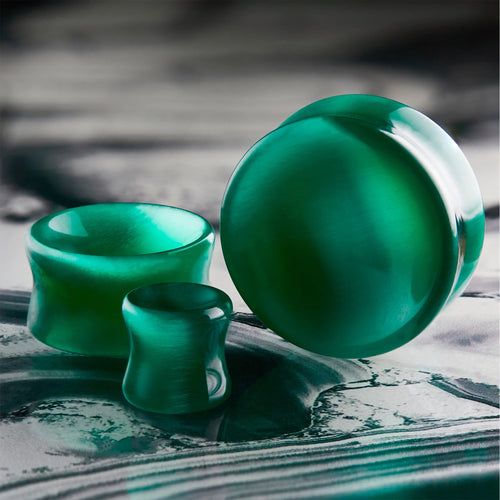

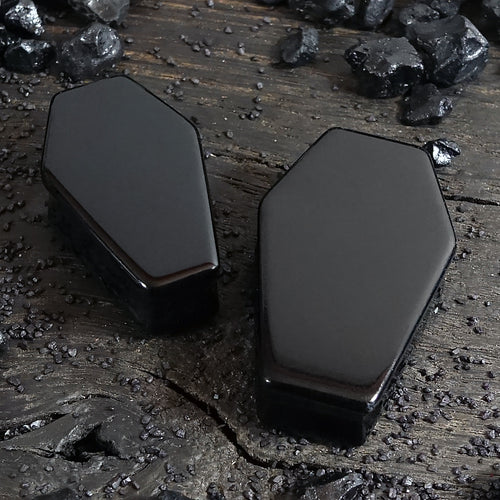

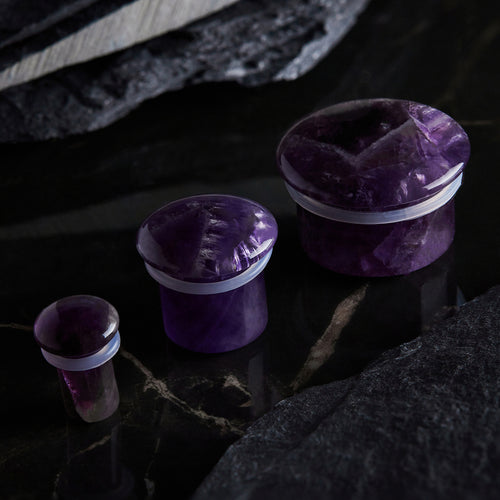

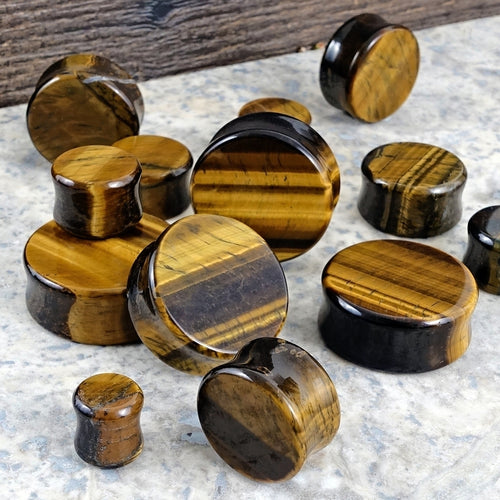

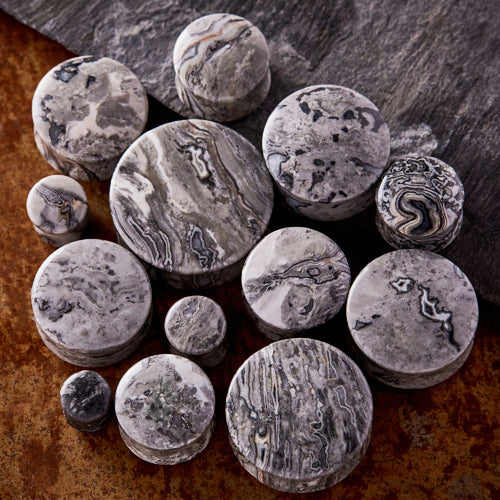

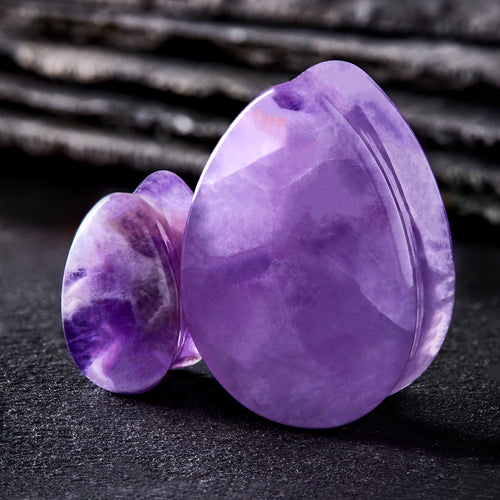

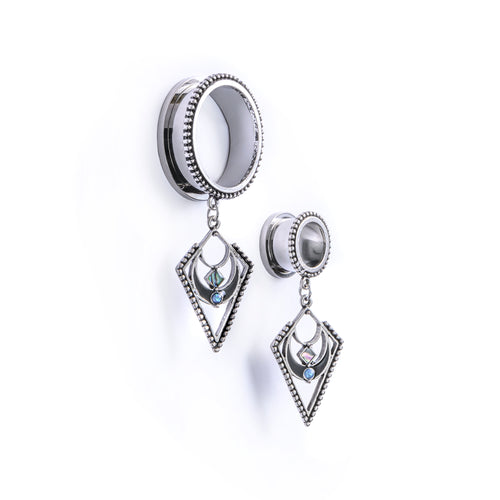

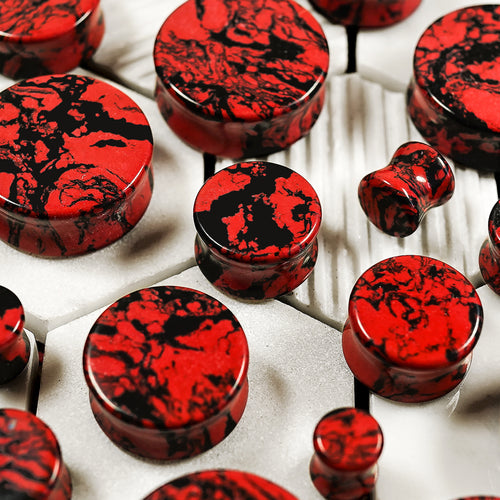

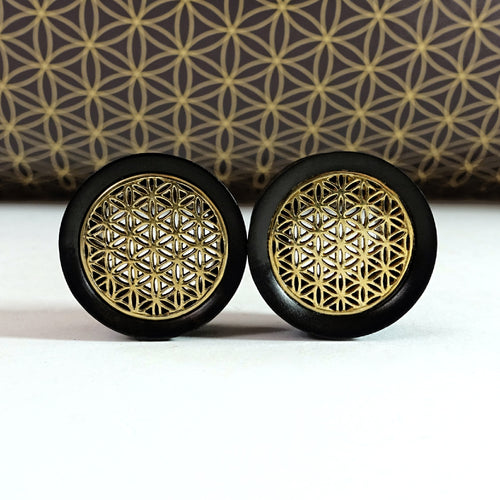

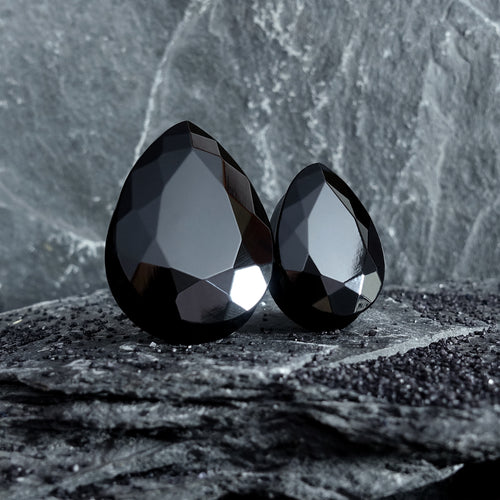
-v1652780384796.jpg?1024x1280&transform=resize=350)
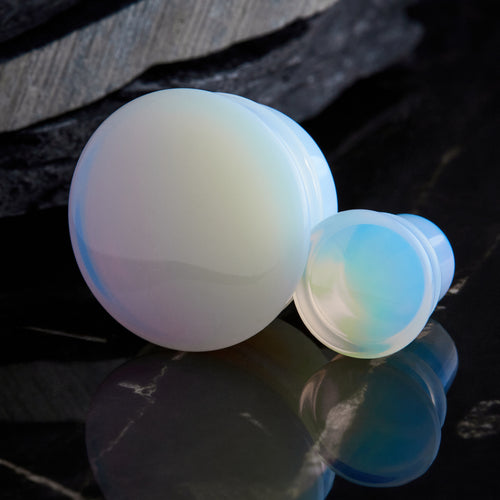
-copy-v1674726508930.jpg?2316x3088&transform=resize=350)
